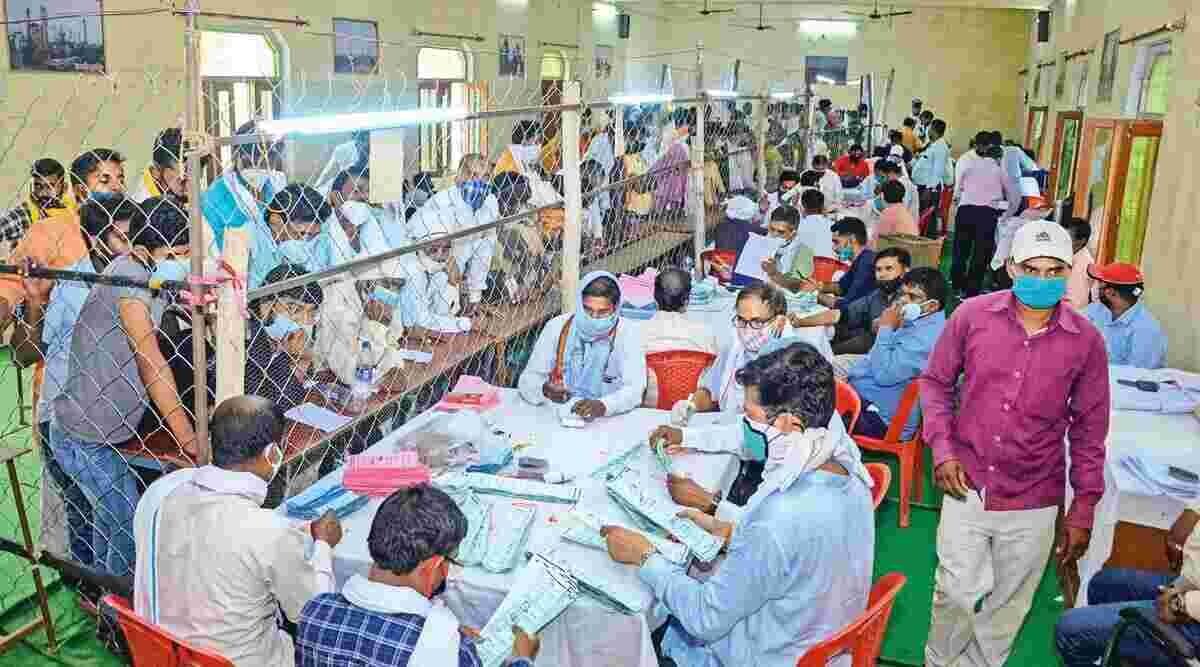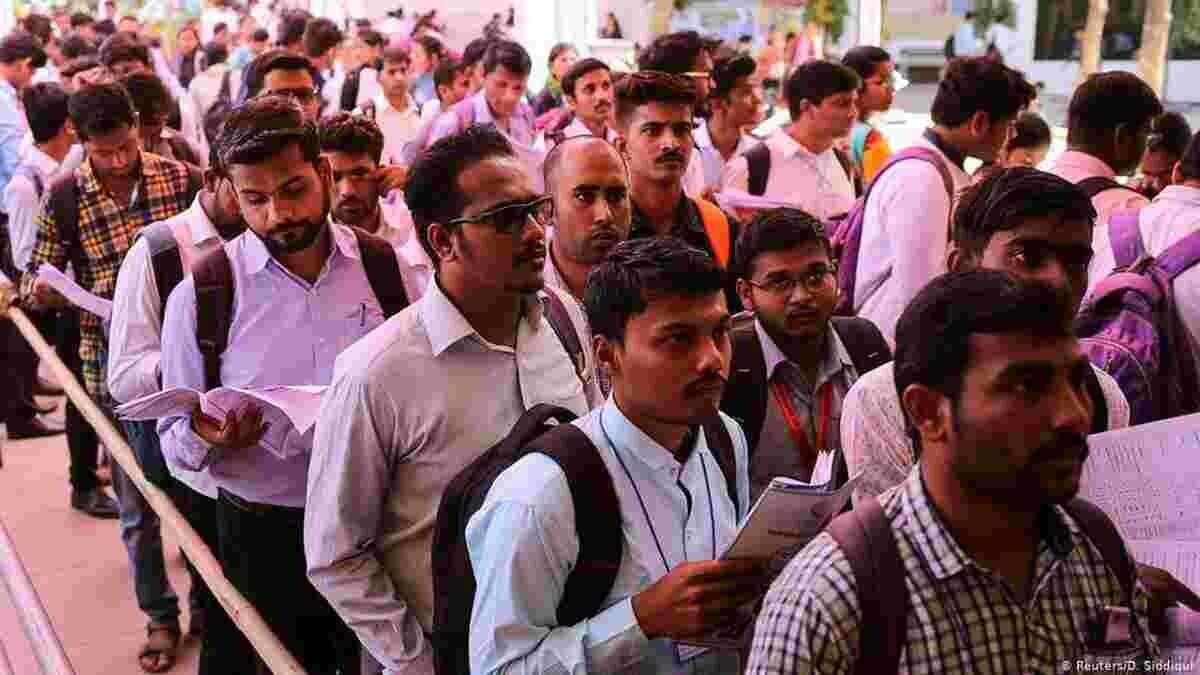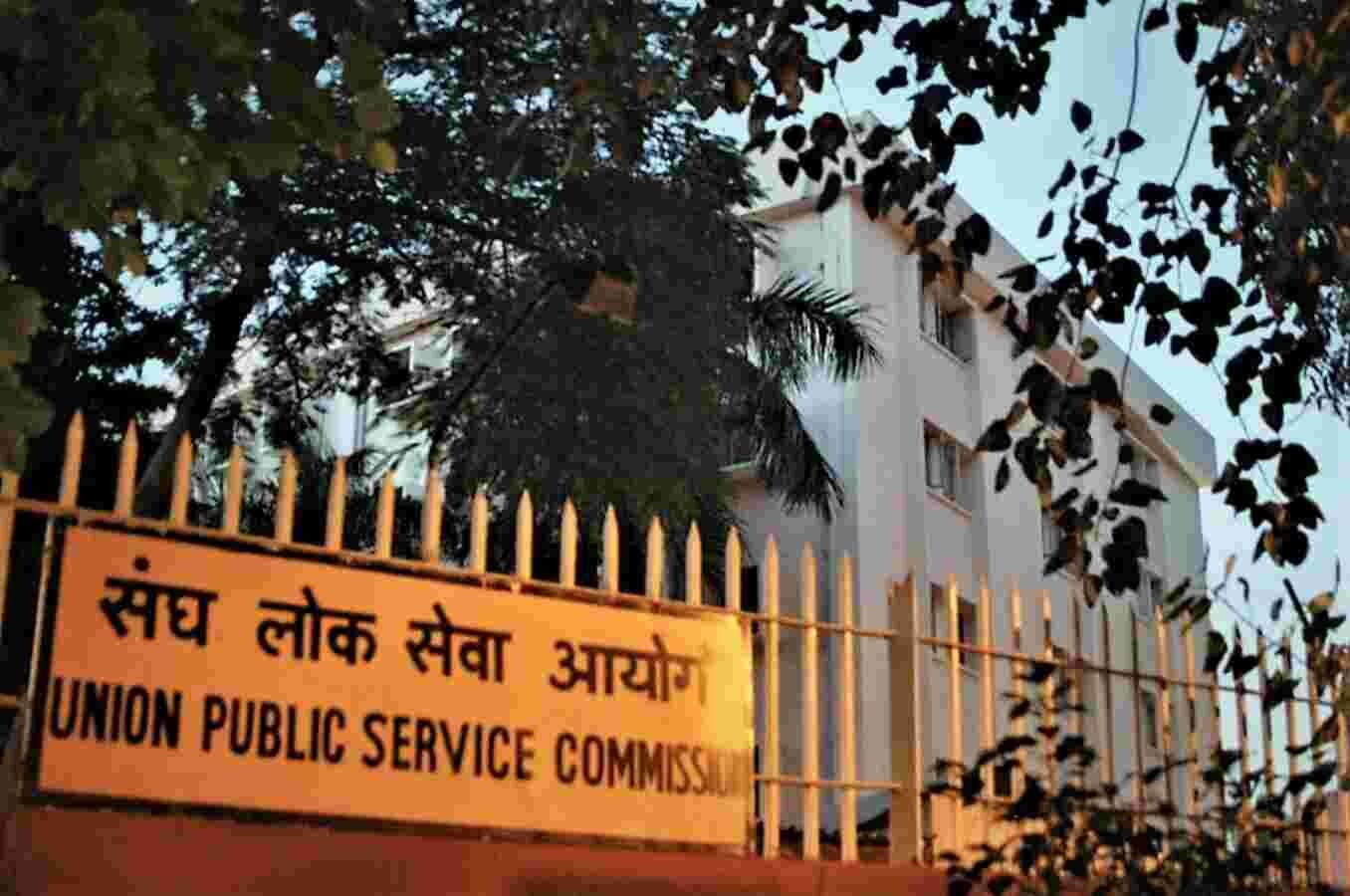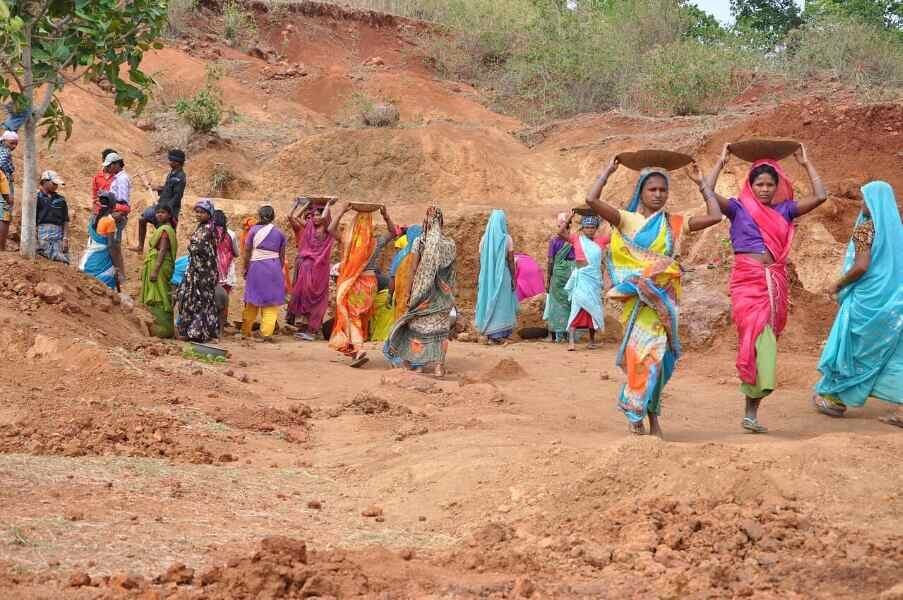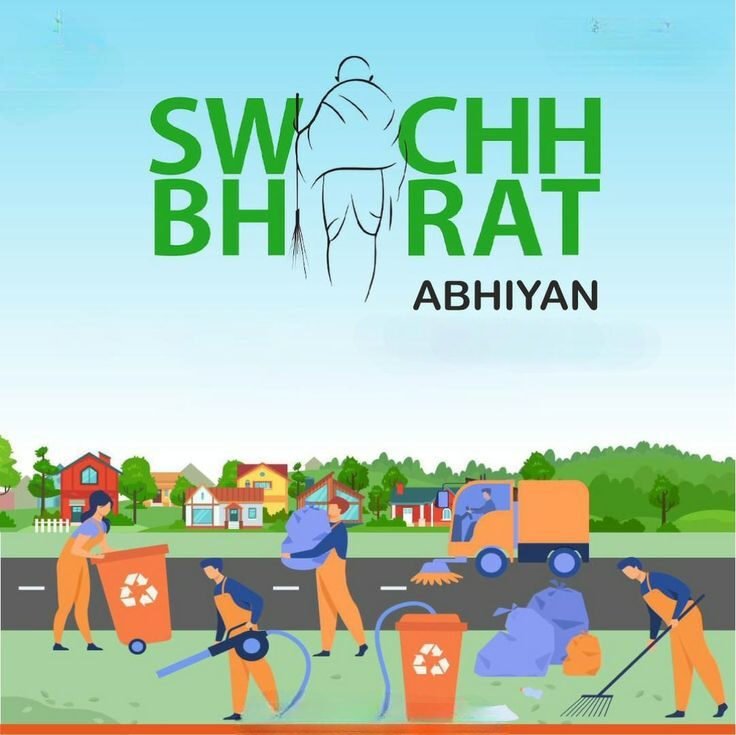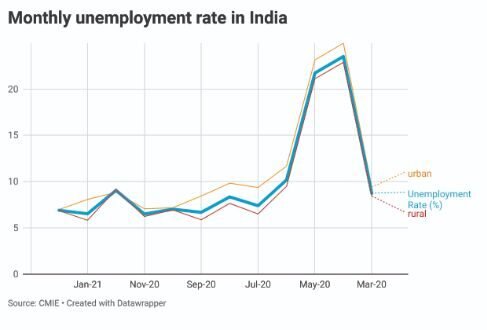Required underpinning
To ensure ample employment generation and smooth economic recovery, the ailments of the MSME sector has to be addressed
I recently read in newspapers that a Parliamentary committee on micro, medium and small industries (MSME) has found that the sector is not in good health and needs special measures to come out of the negative impact of the pandemic. The committee observed that enough is not being done to support the sector. It strongly recommended making finance available to the sector at a concessional rate of interest of three to four per cent and also a longer repayment period. I agree with this. Worldwide, the MSME sector is known for its potential for job creation. The sector contributes to 90 per cent of the businesses and provides 50 per cent of employment worldwide. A World Bank estimate has projected that by 2030, 600 million jobs would be required globally and the MSME sector will play a crucial role in this.
The MSME sector is second only to agriculture in terms of employment generation in India. There are close to 6.5 crore industries in the sector that provide employment to about 11 crore people and contribute 29 per cent of GDP and 31.89 per cent of gross value added (GVA). It is one of the major pillars of the economy and accounts for 48.9 per cent of Indian exports. The sector lays out the foundation for flagship government policies like Make in India, Atmanirbhar Bharat and startup/standup India. One district one product (ODOP) scheme of the UP government is also based on the MSME sector.
The Union Government recently changed the definition of MSME on the demands of various industry associations and with the idea of benefitting a large number of industries with various facilities offered by the government. According to the new definition, all industries having investment in plant, machinery and equipment of not more than Rs one crore and an annual turnover of up to Rs three crore are categorised as micro. Similarly, the corresponding norms for the small sector are Rs 10 crore and Rs 50 crore and, for the medium sector, Rs 50 crore and Rs 250 crore. This was hailed as a major achievement in the interest of the MSME sector. However, my interaction with members of the industry gives a different picture. The micro sector feels that this new definition works counter to their interests, as it is now the industries belonging to the medium and the small sector that have a greater capacity to access the benefits of government schemes allowing them to corner disproportionate gains. A little-known reality is that the micro sector is 99 per cent of the MSME sector. There are 6.30 crore micro units whereas; the corresponding figure for the small enterprises is 3.31 lakh and, for the medium, 0.05 lakh. Clearly, the major contribution to the national economy and employment comes from the micro sector which is largely unorganised. This sector plays a major role in bringing people above the poverty line and provides goods and services to the maximum number of people. This sector is often run by people who are not aware of government policies. They are reluctant to register themselves as they want to avoid the numerous regulatory norms. The sector also suffers from a deficiency in financial literacy, leading to a lack of financial inclusion.
The biggest need of this sector is finance. However, people in this sector resort to informal sources of finance — often at a higher rate of interest. Many don’t even go for loans and generate funds as equity from their friends and relatives. They work on thin margins and often have high input costs. It is thus imperative that credit at a low cost is made available at the right time to the micro firms without any collateral.
The micro sector has to be handled differently. The new definition of MSME may not be easy to change as there is a lobby that wants it that way. There should be a separate cell in both the Union and state governments to deal with the problems of the micro sectors. In every government scheme for the MSME sector, a fixed amount should be designated for the micro sector. The government has prescribed a 45-day limit for the payments to be made to the MSME sector and has also devised a mechanism where grievances relating to nonpayment can be addressed. Unfortunately, the reality is that the payments are still not forthcoming despite the assurances at the highest level. This payment clause needs to be enforced in the wake of the precarious financial position of the sector. There is also a definite requirement to set up a payment recovery tribunal to handle such issues in the MSME sector.
The MSME sector, especially the micro sector, is unable to market its products as the units do not have the knowledge and expertise to do so. The portal designed by National Skill Development Corporation could be a big help. It needs to be further activated. The state governments should also design similar portals. Further, the micro-units cannot afford to pay earnest money (EMD) against all tenders. At least in public sector undertakings, the government should waive the EMD requirements. There is also a case for mandating 25 per cent procurement by the government or public sector enterprises from the MSME sector. In the past, these kinds of orders have been issued, but not fully complied with because the issues of quality have been raised. This sector has to certainly introspect and become quality conscious. The sector requires better access to modern technology and the government must come up with innovative schemes to make this possible.
There are a plethora of schemes for the MSME sector. The real problem is that of awareness regarding these schemes. The government agencies must conduct regular awareness programmes to make sure that even the micro units can avail the benefits. The district industry centres should do the required handholding for this purpose. Many MSME units do not know how to avail the benefits of government schemes. A single window system is required, as often the entrepreneur is made to wait for months and run from pillar to post to get the benefits. There should be a prescribed nodal authority to monitor this process.
Covid has led to the closure of more than 33 per cent of MSME units, and a large number are somehow surviving. They require immediate relief which could be in the form of direct cash support or indirect exemptions from fixed charges for utilities like power. Relief in taxes would also help. The government should concentrate on developing this sector by using the cluster approach where they can provide common facilities. Also, a specific intervention for rehabilitation of the sick units is called for.
The MSME sector is vital to employment generation and bringing about economic recovery. Special focus is required for the micro sector. Post-Covid, the governments should focus on supporting the existing units rather than try and get new investment. The government has the right intentions but it needs to understand the ground realities and address them at the earliest.



